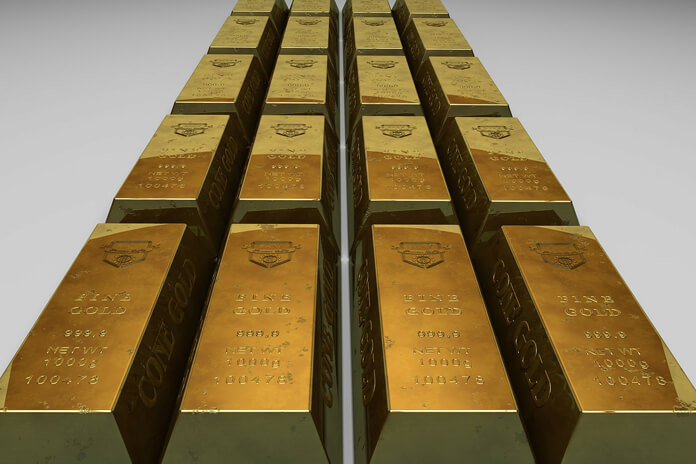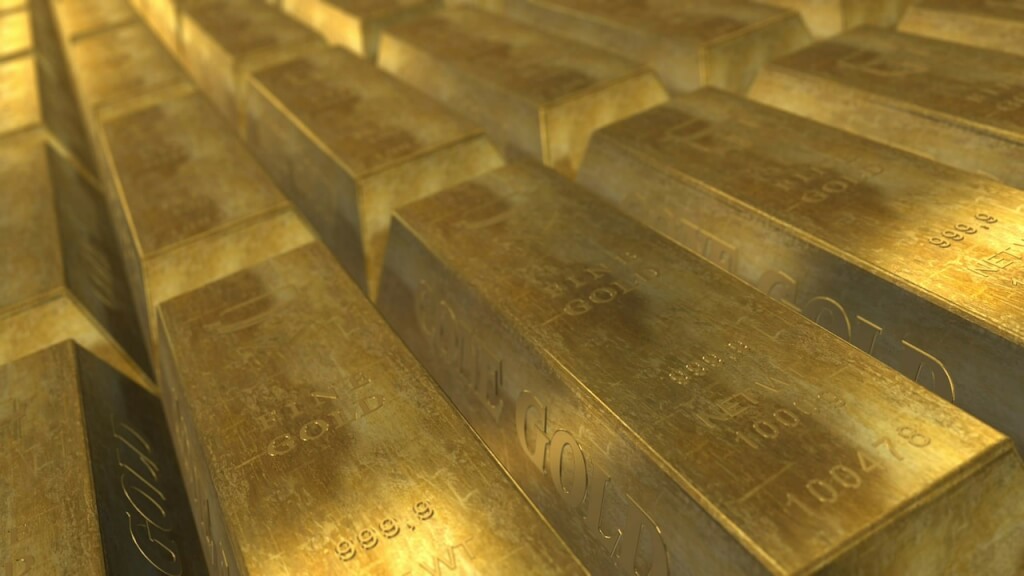2016 has been gold’s year. Geopolitical uncertainties are increasing interest in the precious metal and investment has reached record rates. And, oh yeah, it’s the most coveted achievement at a little competition called the Olympics for athletes all over the world. Could this be described as a gold rush?

Investor’s appetites show no sign of satiation
According to CNBC, figures from the World Gold Council indicate record investment in gold for the first half of 2016. A whopping 1,064 tons to be exact. This figure is 16 percent higher than the first half of 2009, at the height of the financial crisis.
Thanks to a growing trend for exchange-traded funds (ETFs) to go towards gold, its price soared 25% in the first half of the year. This is the largest price raise since 1980. And, for the first time ever, investment, rather than jewelry, was the most significant sector of gold demand for two consecutive quarters.
What is driving the increasing investment in gold?
We’ve previously discussed here a variety of factors. It seems that the circumstances and environment of 2016 make the perfect storm for rising gold prices.
Geopolitical concerns, and thus uncertainty in the global economy, are signaling investors to seek a more safe haven. Here is where gold steps in.
Unrest in the Middle East, the infamous Brexit vote, the (rather unsettling) U.S. presidential elections and the Italian Banking Crisis generate anxiety.
Low interest rates on savings accounts coupled with the concerns of the future of the economy has pushed individual investors to buy gold bars and other small gold investments such as U.S. gold Eagle coins. At the same time, the gold jewelry market is falling below expected potential.
How long can the gold rush last?
Some experts have expressed concern over the stability of the seemingly insatiable appetite for gold. Once the economic situation gains better footing, it is expected that the demand will drop. But when will that be exactly?
Others expect the demand can only rise. Gold is one of the rarest elements in the world. It makes up just 0.003 parts per million of the earth’s crust. There’s very limited likelihood of stumbling on a hunk of gold at the bottom of a riverbed. (Think: the 1848 California Gold Rush).
According to Goldman Sachs analyst Eugene King it’s estimated that there are “20 years of known mineable reserves of gold.” Key to this sentence? The word “known”. Unless a significant amount of new mines are found and developed (a task that is becoming more and more challenging, requiring increasing technology, time, investment, etc.) the price of gold can only be expected to rise in the future.
